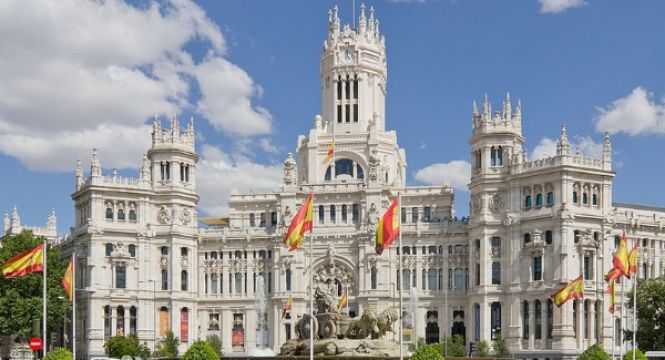At the height of the first wave of the epidemic in March-April, Spain deployed thousands of troops to battle the outbreak and a recent spike in infections, peaking at over 10,000 per day, took cumulative cases above 640,000, the highest in Western Europe.
"We need help from the army for disinfection and to strengthen local police and law enforcement," Isabel Diaz Ayuso told a news briefing after meeting Prime Minister Pedro Sanchez in an attempt to reduce contagion in Spain's worst-hit region.
She also requested that makeshift hospitals be set up again, about three months after they were decommissioned when Spain emerged from its strict lockdown having reduced contagion rates.
Mr Sanchez said the central and regional governments would determine the size of the military and police reinforcements at a meeting later in the afternoon, the first of a series of meetings on tackling the situation in the region.
Meanwhile, residents in the southern district of Vallecas, one of the areas where the partial lockdown started today, were upset but resigned to the curbs as police stopped cars getting in and out of the neighbourhood.
Ms Ayuso's government had ordered mobility restrictions in areas that are home to about 850,000 people, sparking discrimination complaints and protests.
Madrid authorities said they had chosen those areas because contagion levels there exceeded 1,000 per 100,000 people.
But some residents complained the measures, that allow people to go to work or school, failed to address the problem of an overcrowded transport system.
"It is horrendous and bad, because it is discrimination. They should regulate the metro, we are packed like sardines," Marina, a housewife who lives in Vallecas, told Reuters.
Local businesses were starting to feel the pinch: "We had no business this morning, it is empty," said John Michael Montana Sanchez, who manages three restaurants on the same street in Vallecas. "I have 16 employees and I will start giving them holidays as I don't know what will happen next." -Reuters







